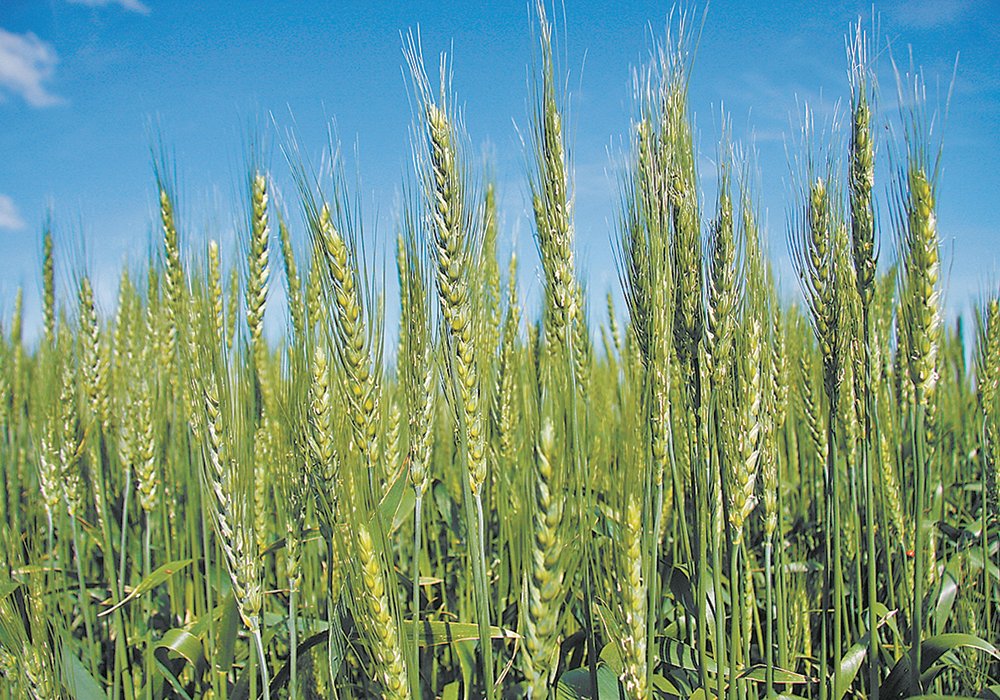Hybrid wheat makes a splash

Hybrid wheat is finally making a splash after decades of dipping a toe in the water.
Syngenta’s first four X-Terra hybrid wheat varieties are on the road to commercialization in France. Two of them could be registered in the fall of 2021, according to a translation of the company’s French press release.
“These varieties mark the launch of a flow of innovations,” stated the press release.
Hybrid wheat varieties have been planted on limited acres in Europe and the United States for decades but this time it is different due to breeding advancements, according to Josh Sosland, editor of Milling and Baking News.
He recently spoke to a number of breeders and academics for a magazine article about the new wave of hybrid wheat varieties soon to hit the market.
“They think this really is the moment,” said Sosland.
They believe this marks the launching point for hybrid wheat after numerous false starts in the 1970s and 1980s.
Developing wheat hybrids has proven far more difficult than it was in corn. One of the turning points was when scientists were able to map the wheat genome.
One wheat breeder told Sosland wheat could follow the path of rice, another self-pollinating crop that was difficult to hybridize.
There are now about 42 million acres of hybrid rice grown around the world compared to 370,000 acres of wheat.
“It wasn’t working, wasn’t working until the moment it worked,” said Sosland. “There’s real cause for hope.”
Syngenta has been working on hybrid wheat since 2010. The new lines hitting the market are higher-yielding than conventional varieties.
“Yield is one thing,” Jan Gielen, scientific officer with Syngenta Group, told Sosland in an article published in the Milling and Baking News.
“Hybrids are also more robust. In harsh conditions, hybrids on average perform better than conventional varieties.”
Gielen said Syngenta is keen on introducing hybrid wheat in the U.S., where yields are lower than they are in Europe.
“In suboptimal growing areas I think hybrids will really differentiate from conventional,” he told Sosland.
But he noted that European wheat farmers are more receptive to applying fungicides and fertilizers to maximize yields, which is required to take full advantage of what hybrids have to offer.
“In Europe farmers are much more inclined to invest in wheat technology and they are just more aggressive in how they cultivate their wheat,” he said.
That is why Europe will be the first market for the crop.
Syngenta halted its North American hybrid wheat program in late-2018, saying it was instead going to focus on the European market where its program was most advanced.
Syngenta Canada spokesperson Christina Stroud was unable to provide an update on the company’s Canadian hybrid wheat breeding program.
As well, BASF has unveiled a new brand name for its hybrid wheat program.
“With Ideltis, we are unlocking the full potential of wheat,” Vincent Gros, president of BASF Agricultural Solutions said in a news release.
The company bought Bayer’s hybrid wheat program when Bayer was forced to divest some assets to appease regulators when it bought Monsanto. BASF says its Ideltis hybrids are expected to be available in the middle of the decade in key wheat growing regions of Europe and North America.
A spokesperson from BASF could not be made available in time for The Western Producer’s publication deadline.
Bayer is also back in the hybrid wheat game after entering into an exclusive collaboration with RAGT to jointly develop wheat hybrids for European markets.
Source: producer.com

